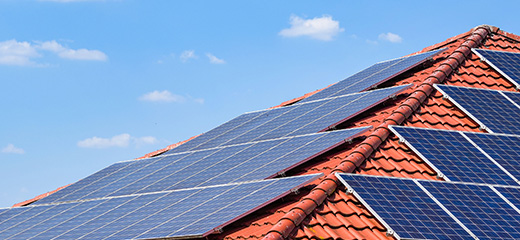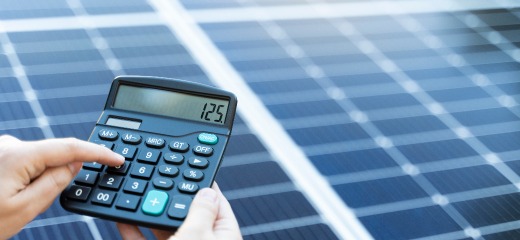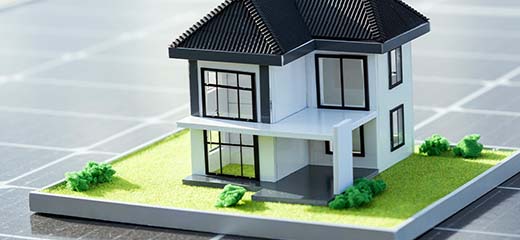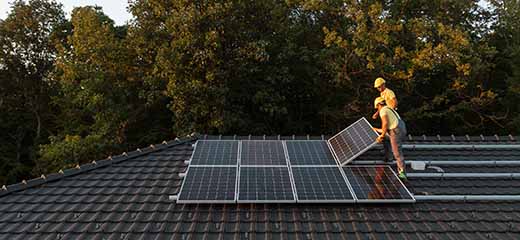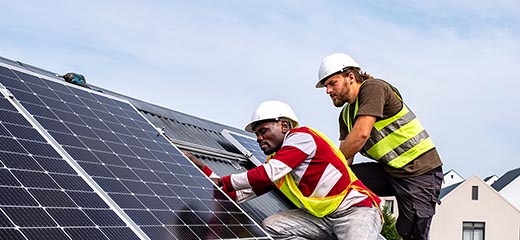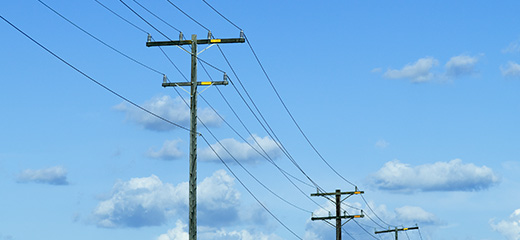
Selling back to the grid: What you need to know
South Africa’s ongoing electricity crisis has government embarking on various strategies to reduce the strain on the power grid. One such strategy is to allow homeowners and businesses to sell back their excess self-generated electricity to the grid.
While little has been heard from Eskom on its plans to allow customers to ‘feed in’ to the grid, the City of Cape Town moved quickly and in January 2023 announced it had received an exemption from National Treasury and would start paying cash for excess energy from homeowners later that year.
The City of Tshwane has also expressed interest in buying back excess solar electricity from residents and in March announced applications were open for small-scale embedded generation (SSEG) systems. This application process will enable residents to feed in electricity to the grid.
What’s in it for you?
The question on most people’s minds, of course, is how much can be made from selling electricity to the grid. Unfortunately, at the time of writing, little information had been provided by Eskom or municipalities on how the power buy-back schemes would work or the rates customers would receive for feeding in power to the grid.
So, let’s take a closer look at what the City of Cape Town is saying.
One of the most interesting revelations in the municipality’s announcement is that the National Energy Regulator of South Africa had approved a ‘feed in’ rate of 78,98c/kWh for the financial year. Cape Town has also revealed that it will pay an additional 25c/kWh incentive, resulting in a total rate of 103.98c/kWh.
Another important detail to bear in mind is that residential customers are required to be ‘net consumers’ of electricity. This means that households will be required to buy more electricity from the municipality than they sell back. The city says it is working to lift this restriction.
As for how Cape Town intends to pay their customers for their excess solar power, the municipality says it intends to offset the amount against the customer’s total monthly municipal account and any other municipal accounts linked to the account holder.
“If some credit remains after the offset, the city will pay this to the customer. Payments will only be made on amounts over R1 000. Amounts of less than R1 000 will be held back until the total exceeds R1 000, and will then be paid once per year,” it says.
What are you going to need?
While not considered much, this is something that households are going to need to pay attention to.
Renewable energy consultant and News24 columnist, Nick Hedley explains:
First up is the cost of a bi-directional meter, says Hedley. Unlike a normal meter which allows electricity to flow into a property, a bi-directional meter allows electricity to flow both into the property and back to the grid.
“Customers will need to buy one which is approved by the municipality, and, at the moment, this comes at a cost of almost R13 000. So for the average household, it makes no sense. The feed in tariff is not that generous and it will take a long time just to pay off that bi-directional meter,” he says.
It’s not all bad news, however, as the city is looking for cheaper meters and Hedley says they definitely exist. “I know of a couple of suppliers who say they can provide locally-made meters for around R2 000. At this price, it starts to make sense for the average customer to invest in them. We just need Cape Town and other municipalities to take the issue of bi-directional meter affordability a lot more seriously.”
Other expenses households will need to bear in mind are the costs of installing the bi-directional meter and the monthly R100 admin fee that the City of Cape Town will be charging its customers for the monitoring of electricity going in and out of the property.
Regardless of where you live, you will need to have your solar installation approved by Eskom or your municipality and this application sometimes carries a fee. You’ll also need to speak to your electricity provider about any additional requirements such as metering and tariff changes.
LookSee offers a full solar journey coupled with a Savings Guarantee based on your minimum saving expectations over 6 months and a once-off R2 000 cashback if savings are not met.
